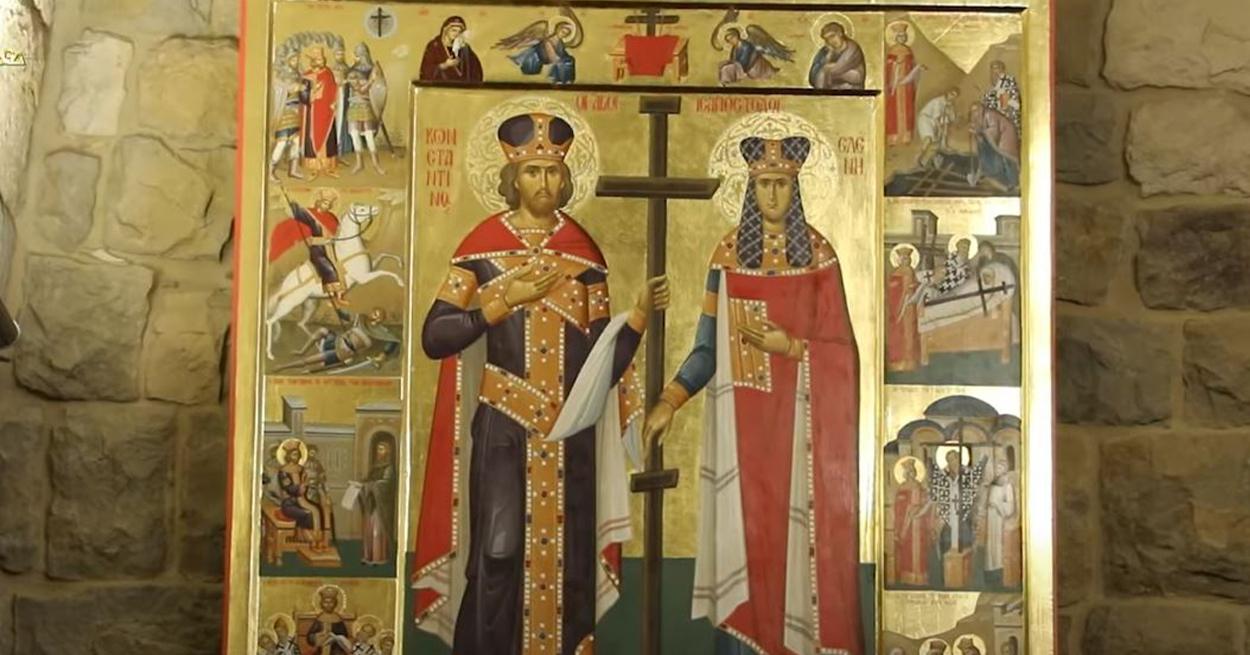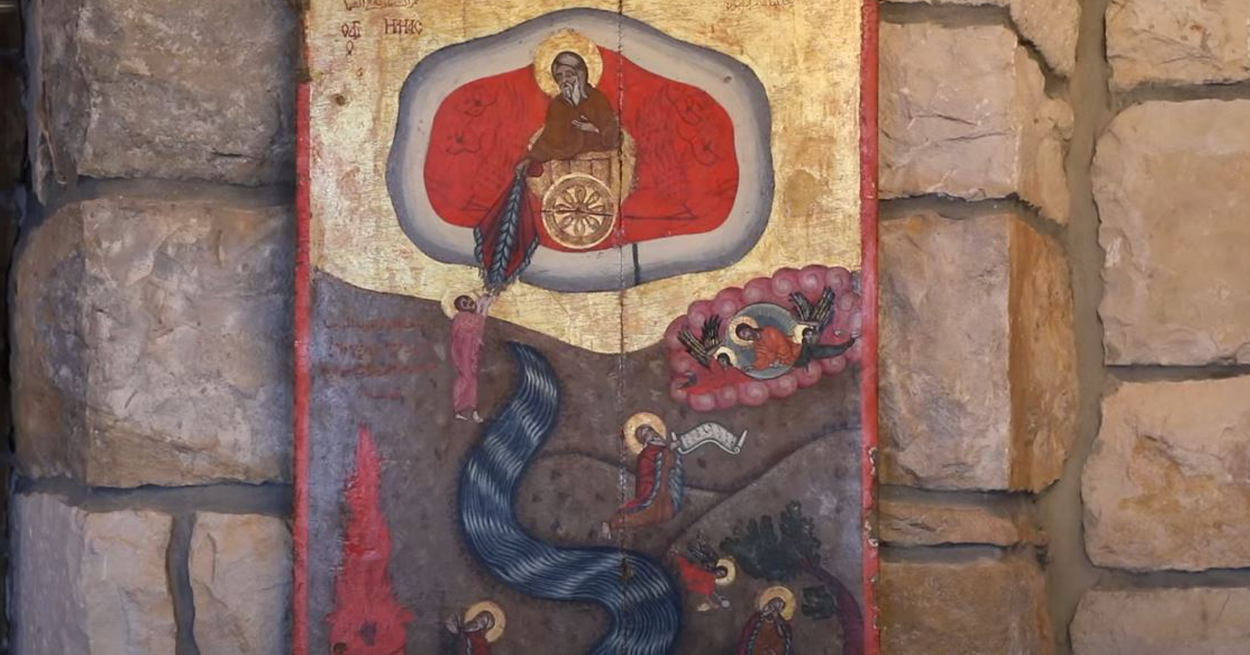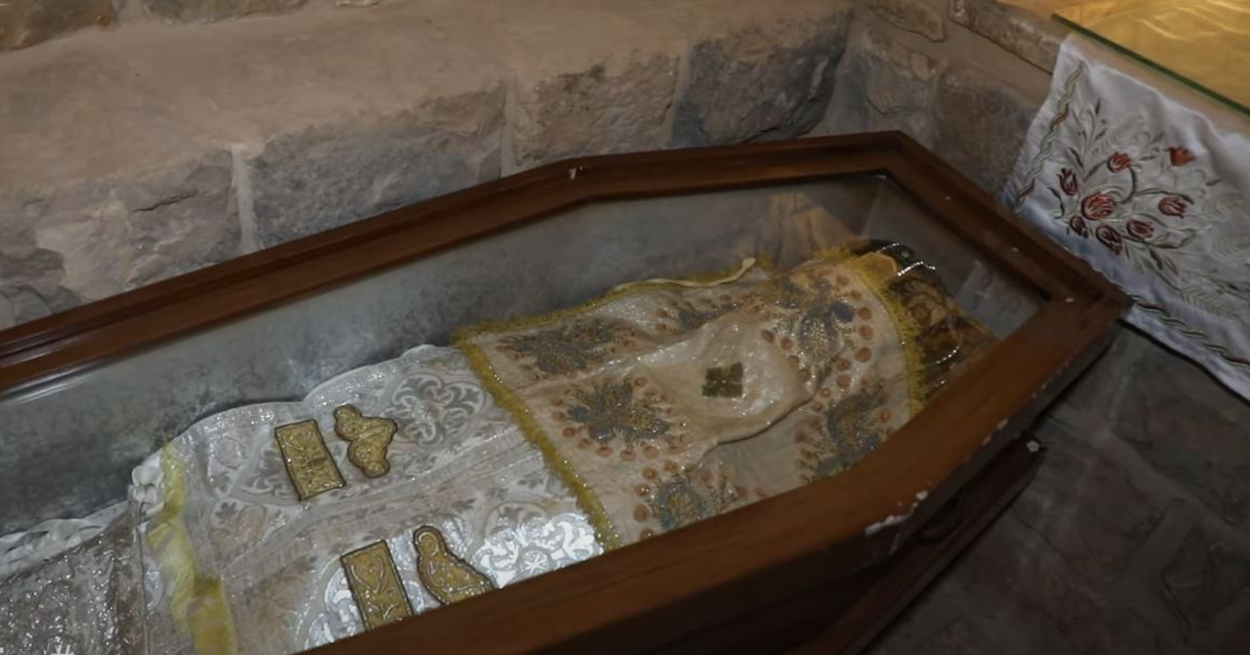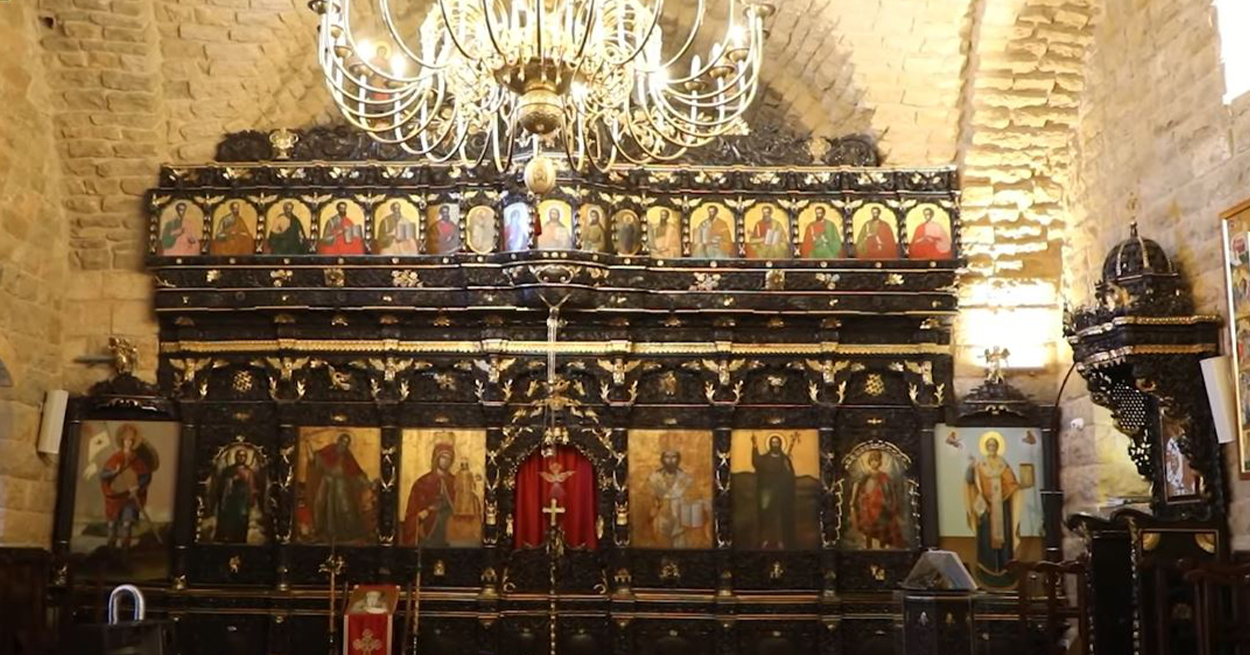Mar Elias Shwayya Patriarchal Monastery… A majestic spiritual and historical landmark in the heart of Lebanon
SHWAYYA, Lebanon – The Greek (Rûm) Orthodox Mar Elias Shwayya Patriarchal Monastery is one of the oldest and most significant spiritual and historical landmarks in Mount Lebanon. It holds within its walls centuries of faith, resilience, and miracles. Rising atop rocky cliffs in the town of Shwayya, the monastery stands as a spiritual beacon reflecting the deep-rooted Orthodox Christian heritage of the region. Suroyo TV Lebanon anchor Rania Zahra Charbel visited the monastery and met with Archimandrite Euthymios Faqas to learn more about its legacy.
Historical Roots Dating Back Centuries
Historical accounts suggest that the monastery was built between the 4th and 6th centuries AD, founded by three monks who chose the location for solitude and prayer. The original church of the monastery was carved into the heart of the rocks, with a unique architectural design unlike any other Orthodox churches in Lebanon. The stones used to build the monastery were extracted from the nearby mountain, making it appear as a natural extension of the surrounding terrain.
Sources vary regarding the date of the monastery’s reconstruction. While some historians trace its renovation to the year 1211 AD, others claim the most significant restoration occurred in 1716. The current entrance to the monastery dates back to the 10th century and is believed to have been built by Russian monks.
The Present Church and Its Architectural Secrets
The main church at the monastery was built in 1760 over an older church that had collapsed due to an earthquake. It underwent another renovation in 2012. The church is known for its four domes and ceramic jars embedded in its ceiling to improve sound distribution, giving it a unique architectural and acoustic character.
In the corners of the church, there are rooms believed to have been used by monks for prayer or seclusion, reflecting the deeply spiritual nature of the place.
The Unique Iconostasis: A Story of Craft and History
One of the church’s most prominent features is its hand-carved walnut wood iconostasis (icon stand), crafted by a Greek refugee family who spent nearly ten years completing it. This masterpiece features double-layered icons: a main icon above and a carved scene below depicting moments from the saint’s life.
For example, in the icon of Saint Elias, he is depicted being fed by an angel, while the carved scene beneath shows him beheading the priests of Baal. The icons also contain scenes from the Old Testament, with finely detailed engravings that showcase exceptional carving skills and design.
Manuscripts and Archaeological Treasures
The monastery houses a rich historical archive, with its oldest documents dating back to the year 1004. These include sale and purchase contracts, as well as liturgical manuscripts. Today, these valuable documents are preserved at the Saint Joseph Patriarchal Center for Manuscript Restoration, located at Our Lady of Balamand Monastery.
The Incorrupt Body of Bishop Makarios Sadaka
Among the monastery’s most profound spiritual secrets is the incorrupt body of Bishop Makarios Sadaka. Born in al-Muhayditha and raised at the monastery, he requested to be buried there after his death. His body was carried on foot from Beirut to Shwayya. Years later, it was discovered that his body had remained intact, leading believers to consider him a potential saint. There are numerous testimonies of his intercession, including the healing of a woman with brain cancer who prayed at the monastery.
The Monastery Under Russian Monks
At the beginning of the 20th century, Russian monks resided at the monastery. They arrived with Antiochian Patriarch Gregory Haddad after his visit to Russia in 1900. They made several structural modifications to the monastery, including the addition of a four-story entrance building—then the first of its kind in the region—housing stables, guest rooms, and offices.
Miraculous Icons
Among the miracles associated with the monastery is the story of the miraculous icon of Saint Elias. Ottoman forces attempted to burn and destroy it several times but failed. The icon was later stolen and sold at a public auction. A devout woman, who saw Saint Elias in her dreams urging her to return it to his monastery in Lebanon, purchased the icon and fulfilled his request. To this day, believers seek blessings from the icon, with many testifying to its miraculous powers.
A Living Legacy and a Spiritual Future
In conclusion, the Mar Elias Shwayya Monastery remains the summer residence of the Patriarch of Antioch for the Greek (Rûm) Orthodox Church. It is currently overseen by Bishop Constantine Kayyal, who recently spearheaded restoration efforts. The monastery continues its spiritual mission—as a beacon of faith, a destination for pilgrims, and a witness to miracles of faith and the Church’s resilience through hardship.
You can watch the full Suroyo TV documentary about the Mar Elias Shwayya Monastery below.
























